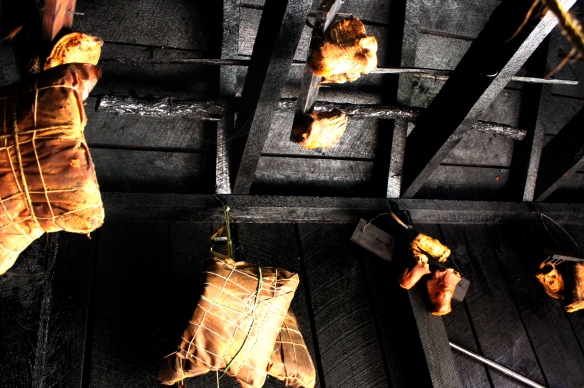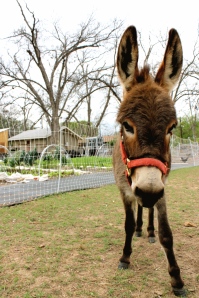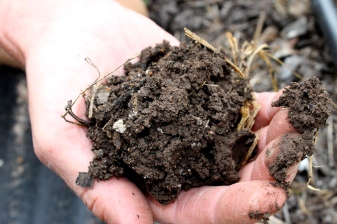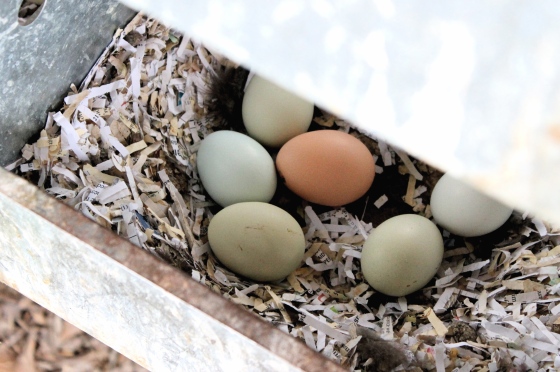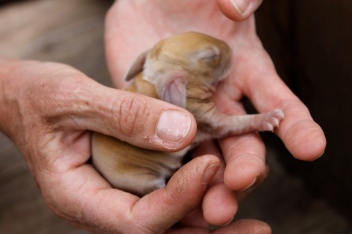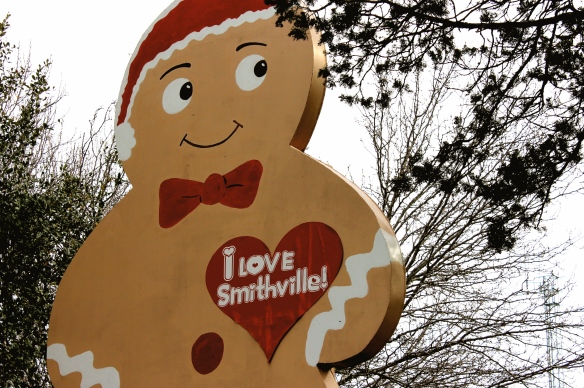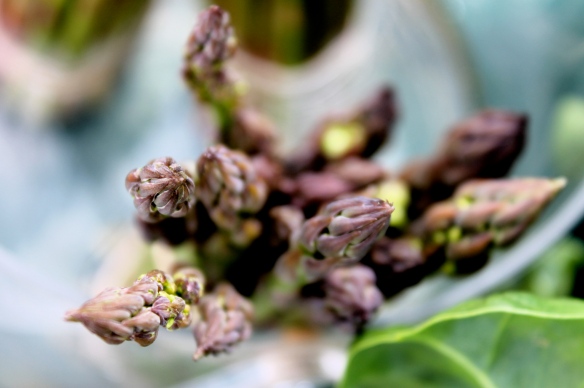Childhood memories are often fuzzy vignettes distorted by that magical quality of a child’s imagination. Example: believing my neighbor’s sheepdog was really Barkley, the orange shaggy pet from Sesame Street. Or recalling with absolute certainty that when I was four I jumped from five steps up on the staircase onto a waiting mattress below and had actually managed to defy gravity and fly. Looking back, I have to figure that these memories simply cannot be true. So when I recently revisited a beloved place from my childhood while in Ohio, I was delighted to discover it is just as magical as my more easily-enchanted younger self thought it was.
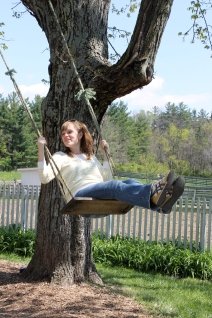
A simple swing, a half dozen sets of wooden stilts, and a hoop and stick are enough to keep kids--and adults--entertained while wandering through Slate Run Farm
Slate Run Living Historical Farm, located in Canal Winchester, is modeled after an Ohio farm in the 1880’s. While there you may see a farmer dressed in period costume plowing the fields with the assistance of a draft horse. In the farmhouse the wood-burning stove is blazing and the women are busy canning and preserving the summer harvest. It is a popular destination for school field trips and family outings, not only because it is full of interactive games and farm tasks, but because it inspires excitement about our agricultural heritage. Everything on the farm is run as it would have been in the 1800’s, save for the care given to the animals who receive visits from the vet and are fed a modern and very nutritious diet.
Upon doing a bit of investigation, I discover that living historical farms can be found all around Texas, and are featured as centers of both education and recreation. There is the Barrington Farm in Washington, Texas, where visitors are encouraged to explore and participate in many of the daily chores, such as driving oxen, planting and harvesting, and making soap. Right here in Austin we have Pioneer Farms, where guests visit 5 different historic sites, from an 1841 Tonkawa Encampment to an 1887 Cotton Planter’s Farm.
The interactive nature of these farms helps educate a generation that is oftentimes detached from agriculture and the food they eat. It is, in a way, food transparency on a very basic level. Living historical farms not only enlighten visitors to farming methods of the past, but for many people, introduce them to farming altogether.
While at Slate Run Farm, my family and I take part in everything I remember from my visits as a child. The stilts and horseshoes are still there. We are handed a pail of eggs while walking through the farmhouse and are instructed to feed them to the pigs in the hog shed. On the way over we visit the horses in the barn, but my brother still sneezes from the hay and has to leave the barn ahead of us. I find him in the smokehouse, enjoying the rich smells of the cured meat.
These experiences are timeless, but not limited to historical farms. Nearly every farmer I have met with during my time in Texas has encouraged folks to see the farm firsthand. Many farms offer volunteer days as well, sometimes in exchange for a reduced price on produce. For both the young and the young at heart, it’s time to get out and get farming!



